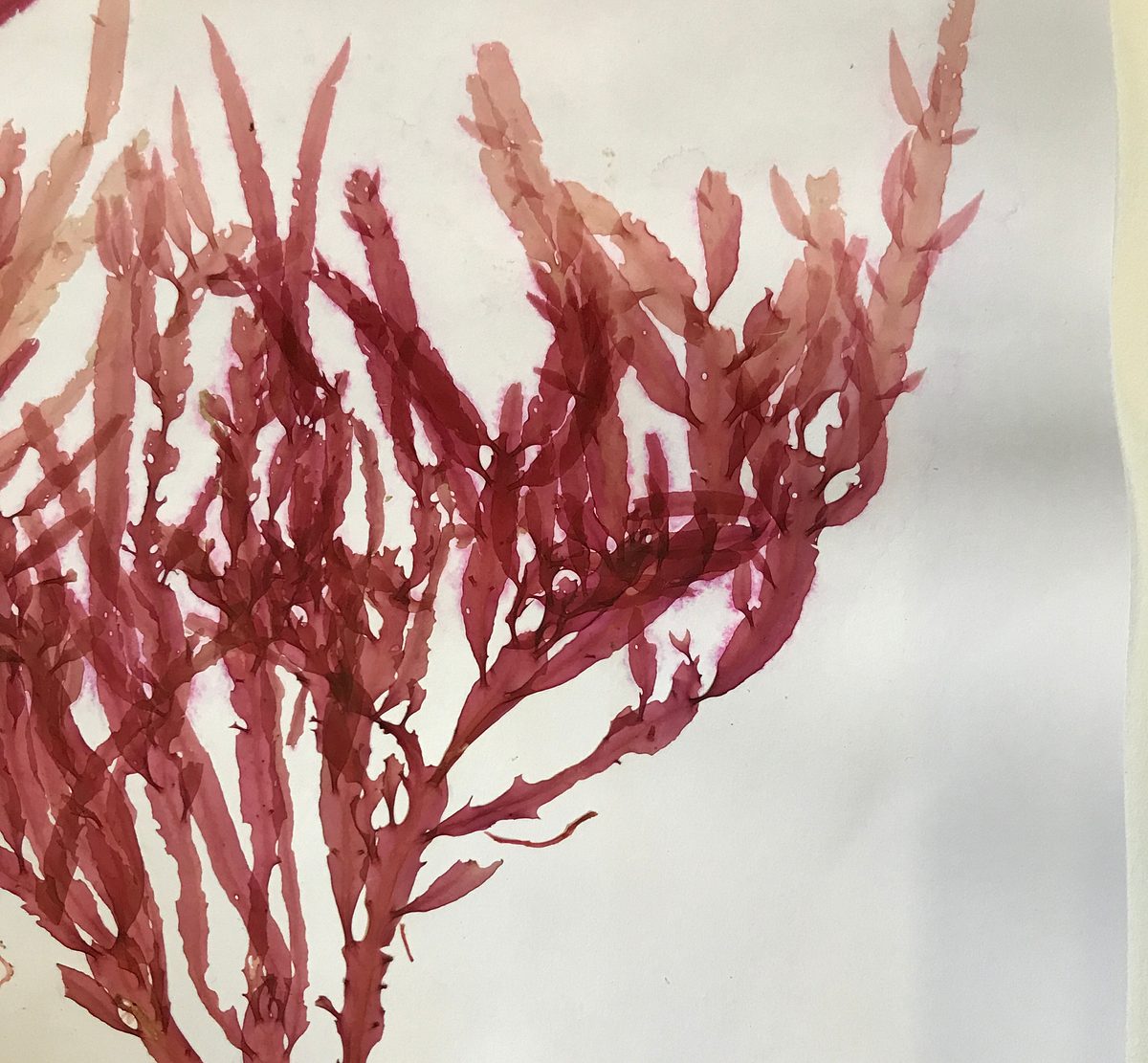



The Herbarium houses a collection of preserved specimens that provide points-of-truth to inform decision making in South Australia.
This authoritative role has applications in conservation and management of our native and introduced plants.
Our staff maintain the collections, our researchers generate new knowledge and provide advice, and we share knowledge with the all sectors of our community.
The herbarium contains many plant specimens collected over two hundred years - from as recently as last week to historic specimens from the European maritime expedition of the South Australian coastline by Matthew Flinders (1802–3).
Some specimens are the only physical evidence of plants or fungi previously found in South Australia, now vanished due to long term, extensive clearing of native vegetation for agriculture.
The State Herbarium of South Australia is the key centre for knowledge and information on South Australia’s native and naturalised plants, algae, fungi and lichens. We are internationally recognised for our research and advisory role in plant systematics.
At the core of the State Herbarium’s operations is our collection of dried herbarium specimens, currently numbering over one million and growing.
Our research staff and associates bring scientific methods, including cutting-edge technologies in molecular biology and microscopy, to help research a wide range of botanical areas (e.g. genes, populations, species, higher taxa, communities and ecosystems).
The information that we gather is not just stored. Research results and statewide knowledge are shared in publications such as the Flora of South Australia, Census of South Australian Vascular Plants and the Marine Benthic Flora of Southern Australia.
We participate in major national projects such as the iconic Flora of Australia and world-leading Australia’s Virtual Herbarium (AVH). We are also an essential resource for carrying out flora surveys, vegetation mapping programs, native vegetation conservation, weed identification, and community management and rehabilitation programs.
The State Herbarium’s knowledge and information also contributes to the conservation of rare plants. We believe that action to save rare plant species faced with extinction needs to be based on good scientific knowledge.
Our improved communication of distributional and taxonomic data is enhancing recovery plans and on-ground actions in the effort of conservation of these rare plants.
Our knowledge of the species of plants, algae and fungi - which is crucial in today’s conservation biology, environmental management, the design of natural reserves and informed decision making for South Australia and any governmental agency - continues to increase, and research shows that new species continue to be discovered.
Several policies cover the collections held by the State Herbarium, as well as the conditions relating to the loan of these to external researchers.
Board of the Botanic Gardens and State Herbarium Collections Policy 2018
State Herbarium Mandatory Loans Conditions
Several documents and guidelines by the Council of Australasian Herbaria also apply to the State Herbarium of South Australia.
We report through the Chief Botanist to the Board of the Botanic Gardens and State Herbarium, which is responsible for the Botanic Gardens and State Herbarium Act 1978.
According to the Act, the roles of the Board in relation to the State Herbarium include to:
- establish and maintain a herbarium and, subject to this Act, retain original specimens included in the herbarium
- accumulate and care for specimens (whether living or preserved), objects and things of interest in the fields of botany, horticulture, biology, conservation of the natural environment or history
- accumulate and classify data in regard to any such matters
- carry out or promote research into matters of interest in the fields of botany, horticulture, biology, conservation of the natural environment or history
- disseminate information of interest in the fields of botany, horticulture, biology, conservation of the natural environment or history
- undertake commercial exploitation of knowledge acquired by the Board in the course of conducting research
- provide consultant services
- perform any other functions of scientific, educational or historical significance that may be assigned to the Board by Regulation.
In 1954 the State Herbarium of South Australia was founded as part of Adelaide Botanic Garden.
The collections reflect the history of activity by the state’s resident botanists since the first flora of the state was produced by Richard Schomburgk (1811-1891) in 1875.
The State Herbarium’s foundation collections include the personal collections of Ralph Tate (1840-1901), John McConnell Black (1855-1951) assembled in the University of Adelaide Herbarium (ADU), Sir John Burton Cleland (1878-1971) via the South Australian Museum, the moss herbarium of Professor David Catcheside (1907-1994), the collections of the Field Naturalists’ Society of South Australia and many others.
An early focus by staff and members of the public was on botanical surveys of South Australia. Collections were gifted from the Waite Agricultural Research Institute (ADW), the University of Adelaide (H.B.S. Womersley’s algal herbarium, now the AD-A series), the Department of Agriculture (ADA) and the SA Pastoral Board.
Today the term herbarium has been extended to encompass an institution that not only holds botanical collections but also employs taxonomic botanists who use these collections to study and document the regional, national and global floras.
The State Herbarium was first established within the old administration building of the Botanic Gardens of Adelaide. In 1966, a new custom-built building opened beside its original home. Later expansion of collections and staff were accommodated with two building extensions. This old site then made way for the National Wine Centre in 2000.
The State Herbarium and our Library are now housed in the old Tram Barn A, which used to house Adelaide's network of trams.
The Herbarium has close ties with wider scientific and conservation programs in South Australia and nation-wide, especially the Department for Environment and Water, The University of Adelaide and Flinders University.